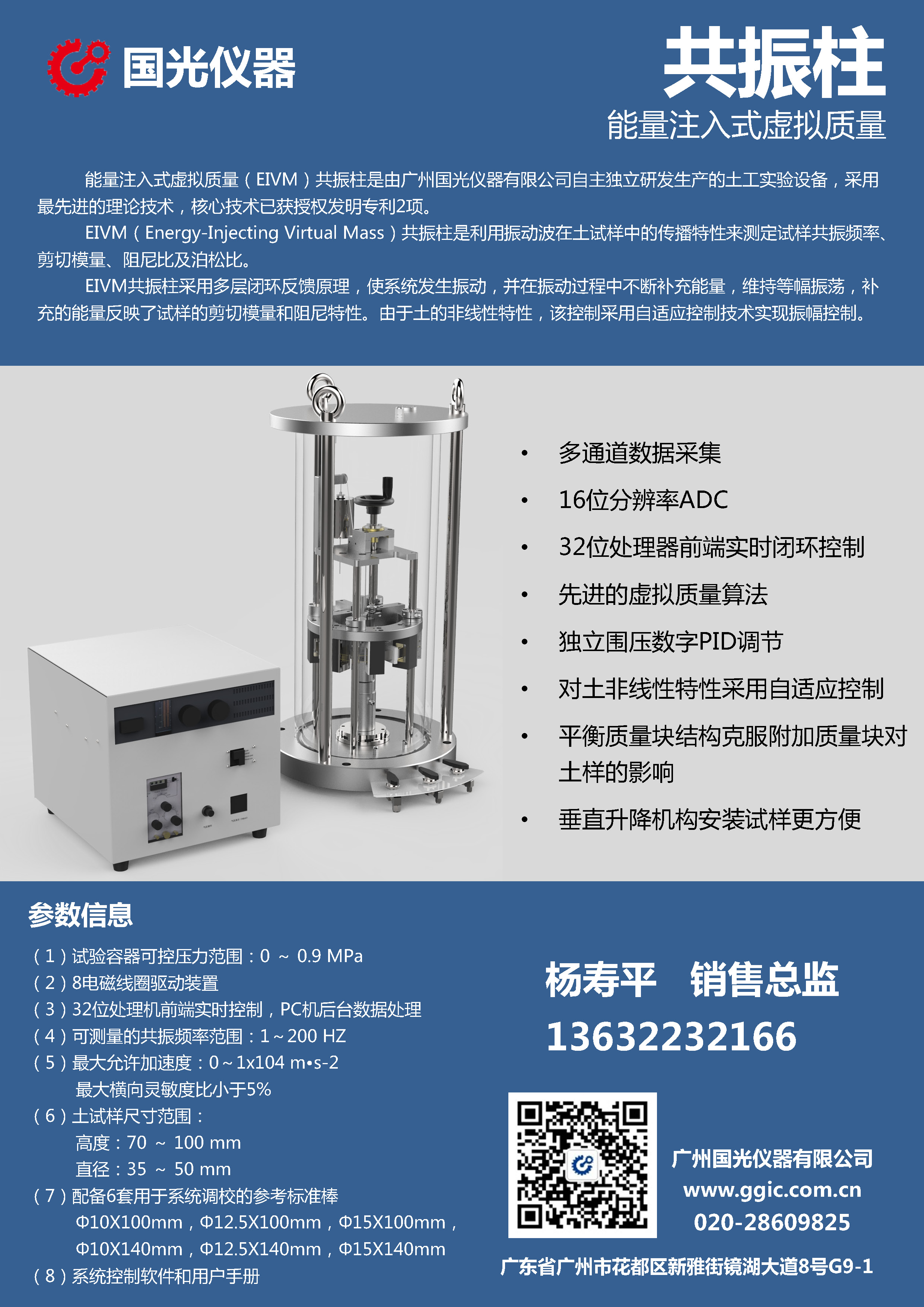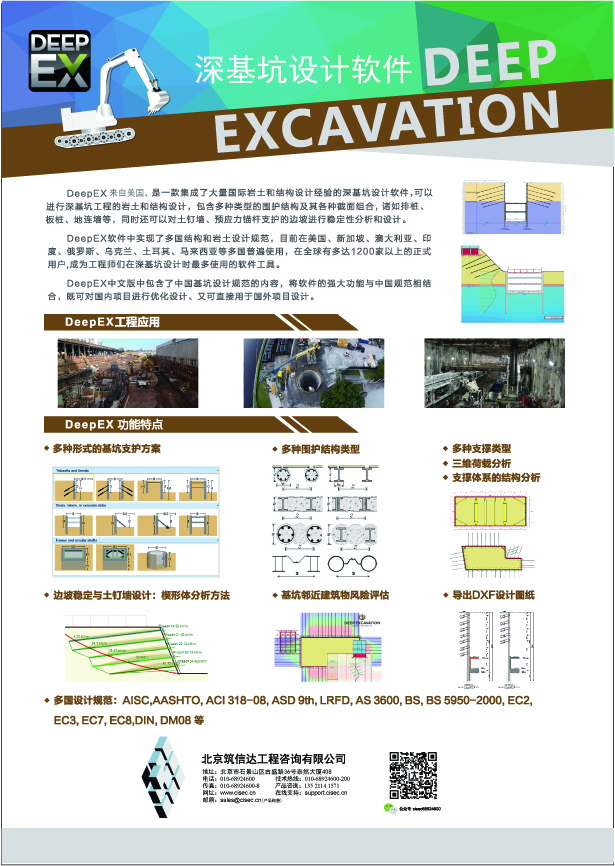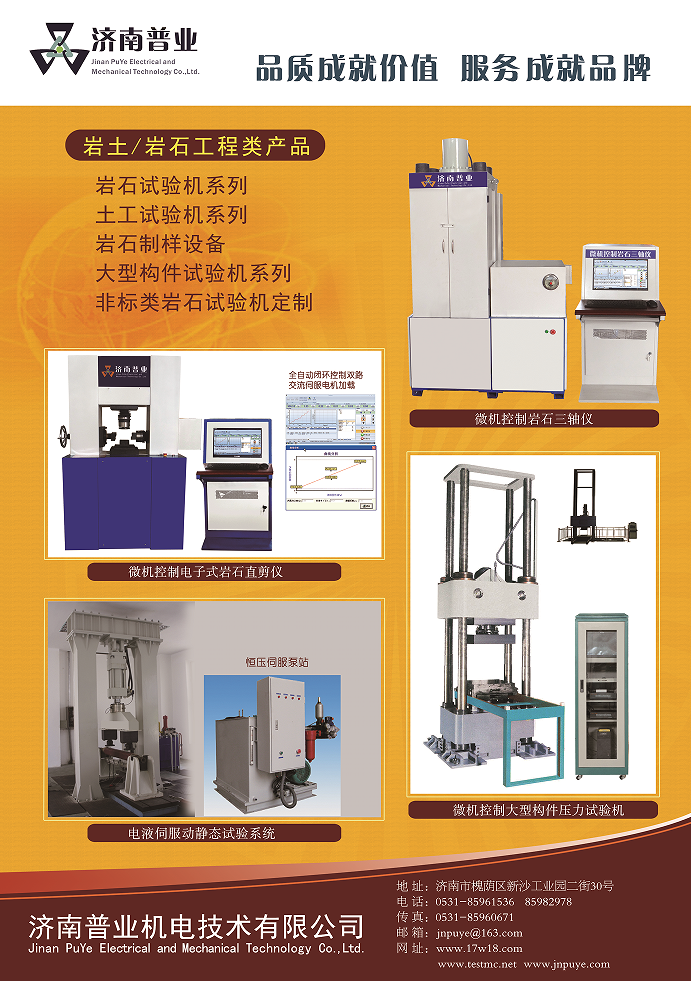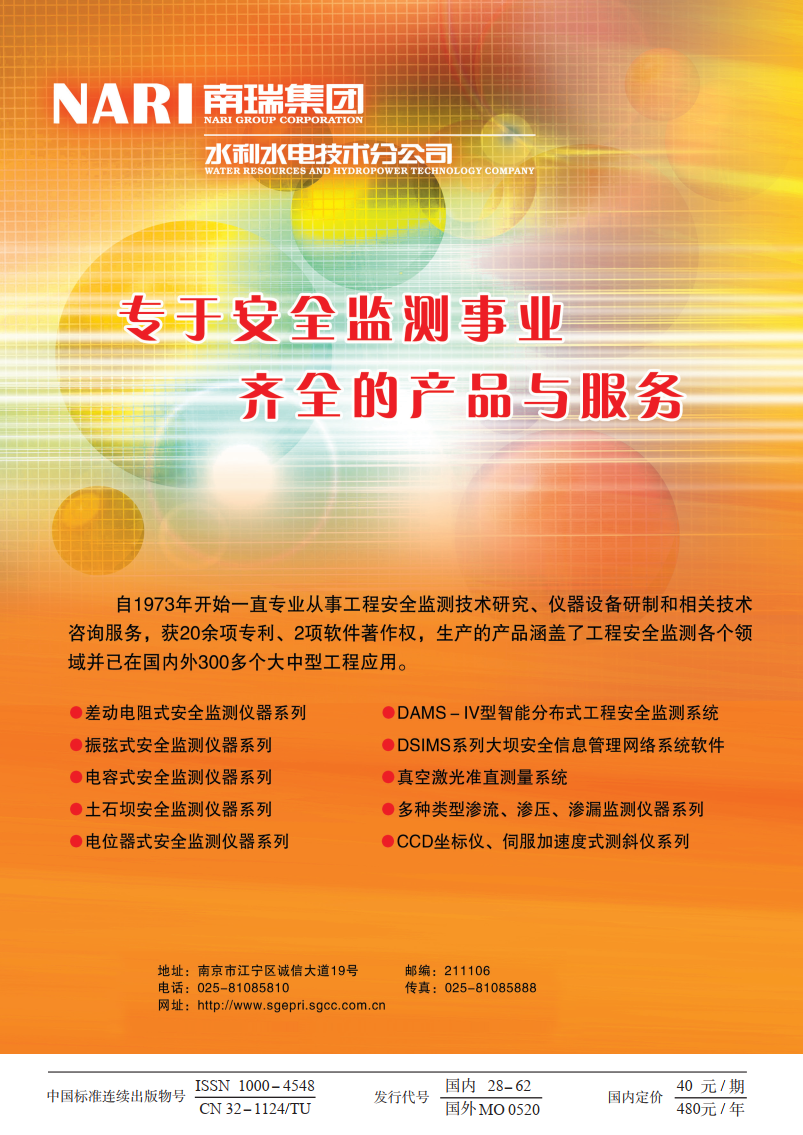| [1] |
MANA A L, CLOUGH G W. Prediction of movement for braced cuts in clay[J]. J of Geotech, Div, ASCE, 1981, 107(GT6).
|
| [2] |
CLOUGH G W, O’ROURKE T D. Construction induced movements of in situ walls[C]// Proc Desigh and Performance of Earth Retaining Structure, Geotechnical Special Publication No. 25, ASCE, NEW YORK: 439–470.
|
| [3] |
KUNG G T C, JUANG C H, HSIAO E C L, et al. Simplified model for wall deflection and ground-surface settlement caused by braced excavation in clay[J]. Journal of Geotechnical and Geoenvironmental Engineering, 2007, 133(6): 731–747.
|
| [4] |
PECK R B. Deep excavations and tunneling in soft ground[C]// Proc7th ICSMFE, Mexico, 1969: 225–290.
|
| [5] |
BLACKBURN J T, FINNO R J. Three-Dimensional responses observed in an internally braced excavation in soft clay[J]. Journal of Geotechnical and Geoenvironmental Engineering, 2007, 133(11): 1364–1373.
|
| [6] |
WANG J H, XU Z H, WANG W D. Wall and ground movements due to deep excavations in Shanghai soft soils[J]. Journal of Geotechnical and Geoenvironmental Engineering, 2010, 136(7): 985–994.
|
| [7] |
BURLAND J B. Ninth Laurits Bjerrum Memorial lecture: “Small is beautiful”-the stiffness of soils at small strain[J]. Can Geotech, 1989, 26: 499–516.
|
| [8] |
WHITTLE A J, HASHASH Y M A, WHITMAN R V. Analysis of deep excavation in Boston[J]. J Geotech Eng, 1993, 119(1): 69–90.
|
| [9] |
KUNG G T C, HSIAO E C L, JUANG C H. Evaluation of a simplified small-strain soil model for analysis of excavation-induced movements[J]. Canadian Geotechnical Journal, 2007, 44(6): 726–736.
|
| [10] |
CLAYTON C R I. Stiffness at small strain: research and practice[J]. Géotechnique, 2011, 61(1): 5–37.
|
| [11] |
CALVELLO M. Inverse analysis of supported excavations through Chicago glacial clays[D]. Northwestern University, 2002.
|
| [12] |
FINNO R J, CALVELLO M. Supported excavations: observational method and inverse modeling[J]. Journal of Geotechnical and Geoenvironmental Engineering, 2005, 131(7): 826–836.
|
| [13] |
HASHASH Y M A, SONG H, OSOULI A. Three- dimensional inverse analyses of a deep excavation in Chicago clays[J]. International Journal for Numerical and Analytical Method in Geomechnics, 2011, 35: 1059–1075.
|








 下载:
下载:
